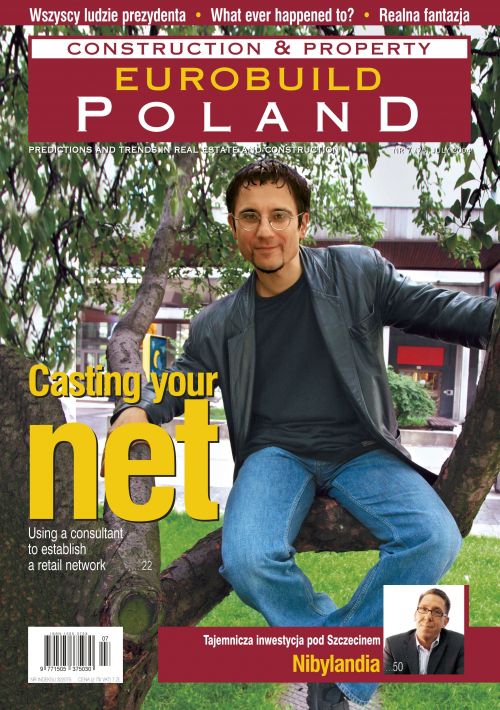But what is a modern retail park? Paul Ayre defines them as a group of large retail properties which are not confined within a single structure. He explains, "Individual buildings are connected only by a facade or passages, so allowing unrestricted traffic between them."
Missing link
Anna Wysocka who heads the retail properties section of CB Richard Ellis claims that no classic retail parks have yet appeared in Poland, thereby confirming what Paul Ayre said about a missing link. She said however, "Several sites exist in Poland which deserve to be called 'hybrid retail parks'. When new large-surface retail outlets grow up around a shopping centre, the whole complex is very much like a retail park. Such is the case with the Trzy Stawy Katowice centre and Centrum Janki (suburbs of Warsaw), both managed by Apsys."
Skanska Property Poland once revealed it was willing to develop retail parks, though now is mainly associated with office and apartment buildi






























































